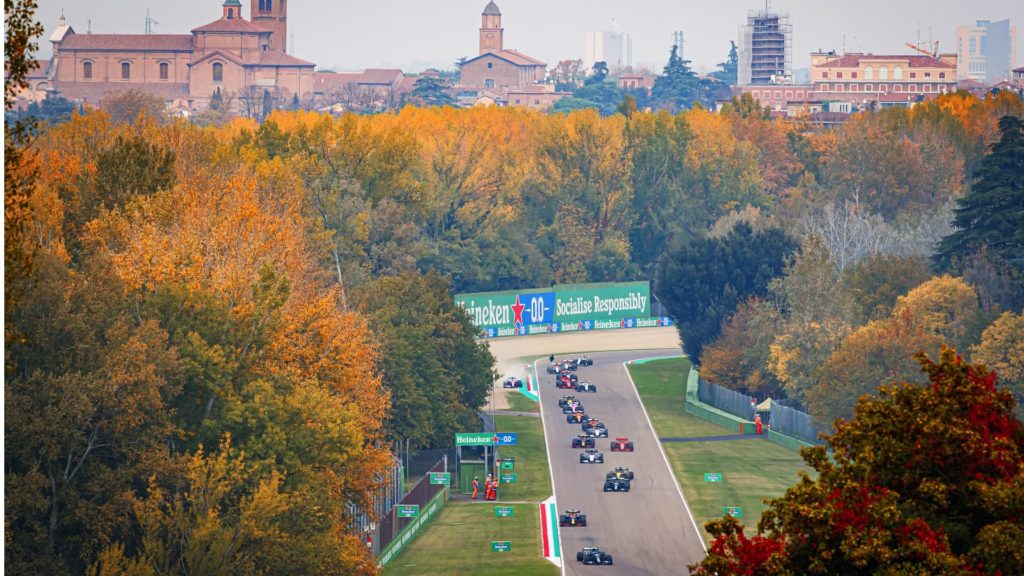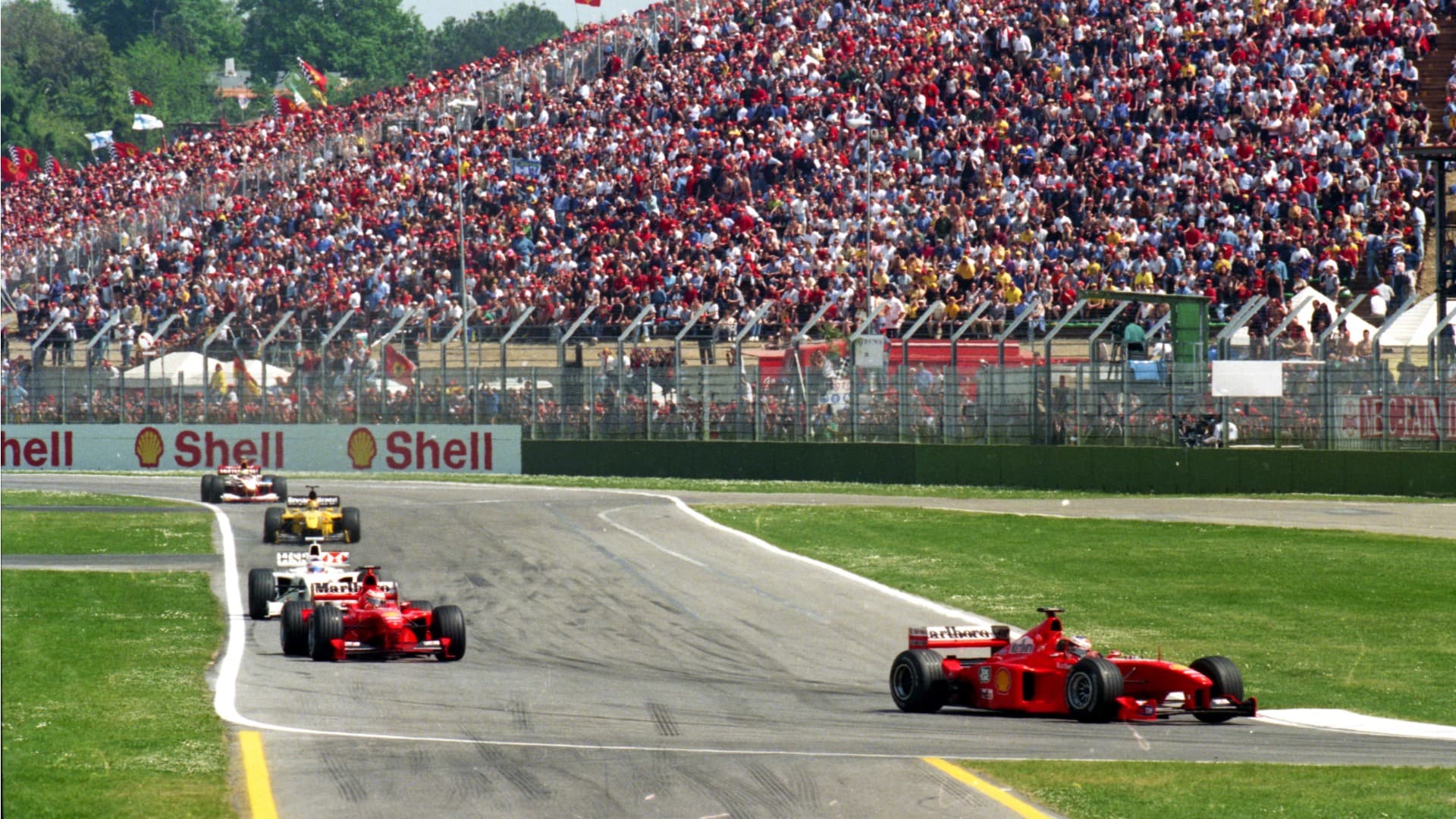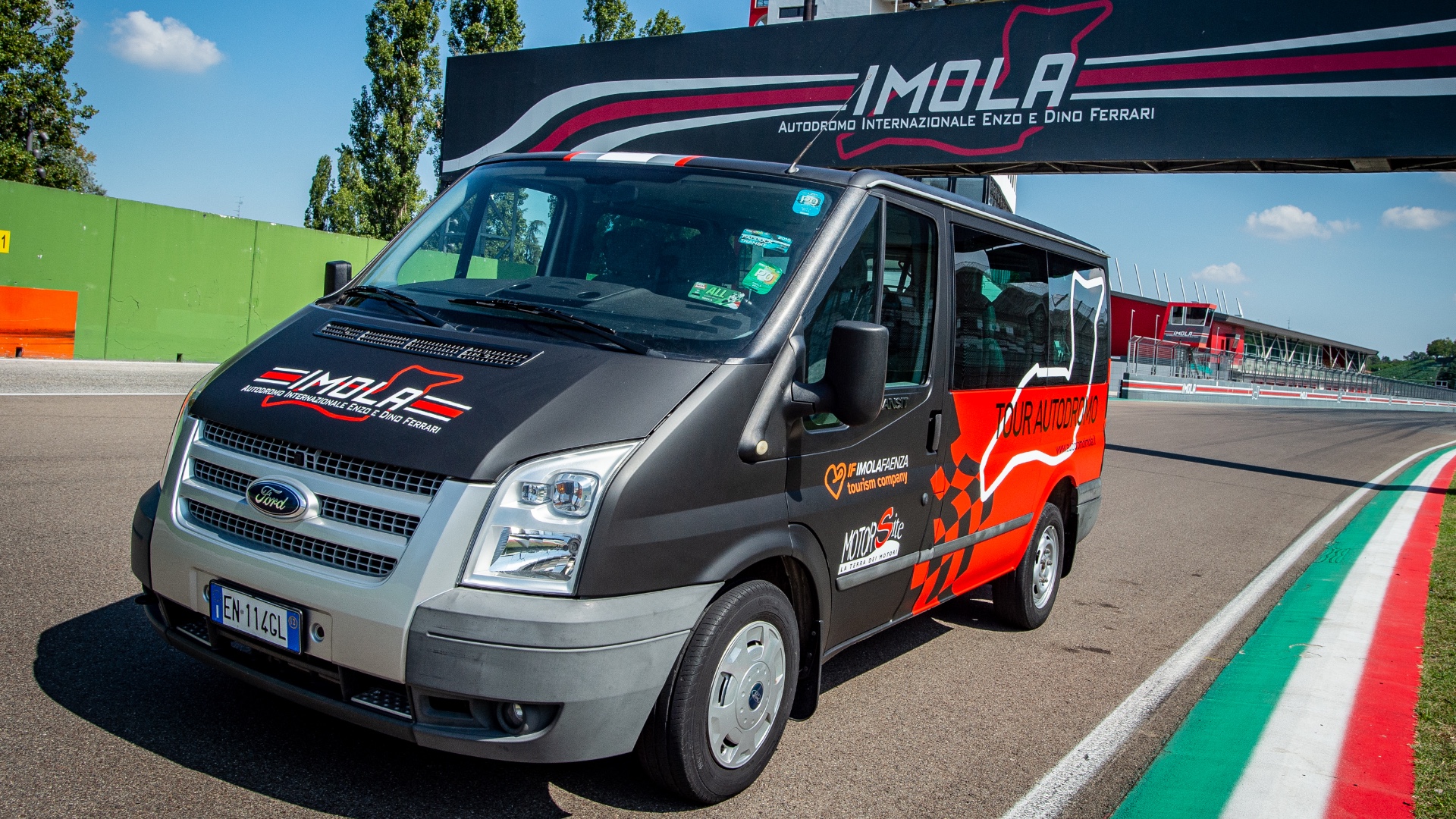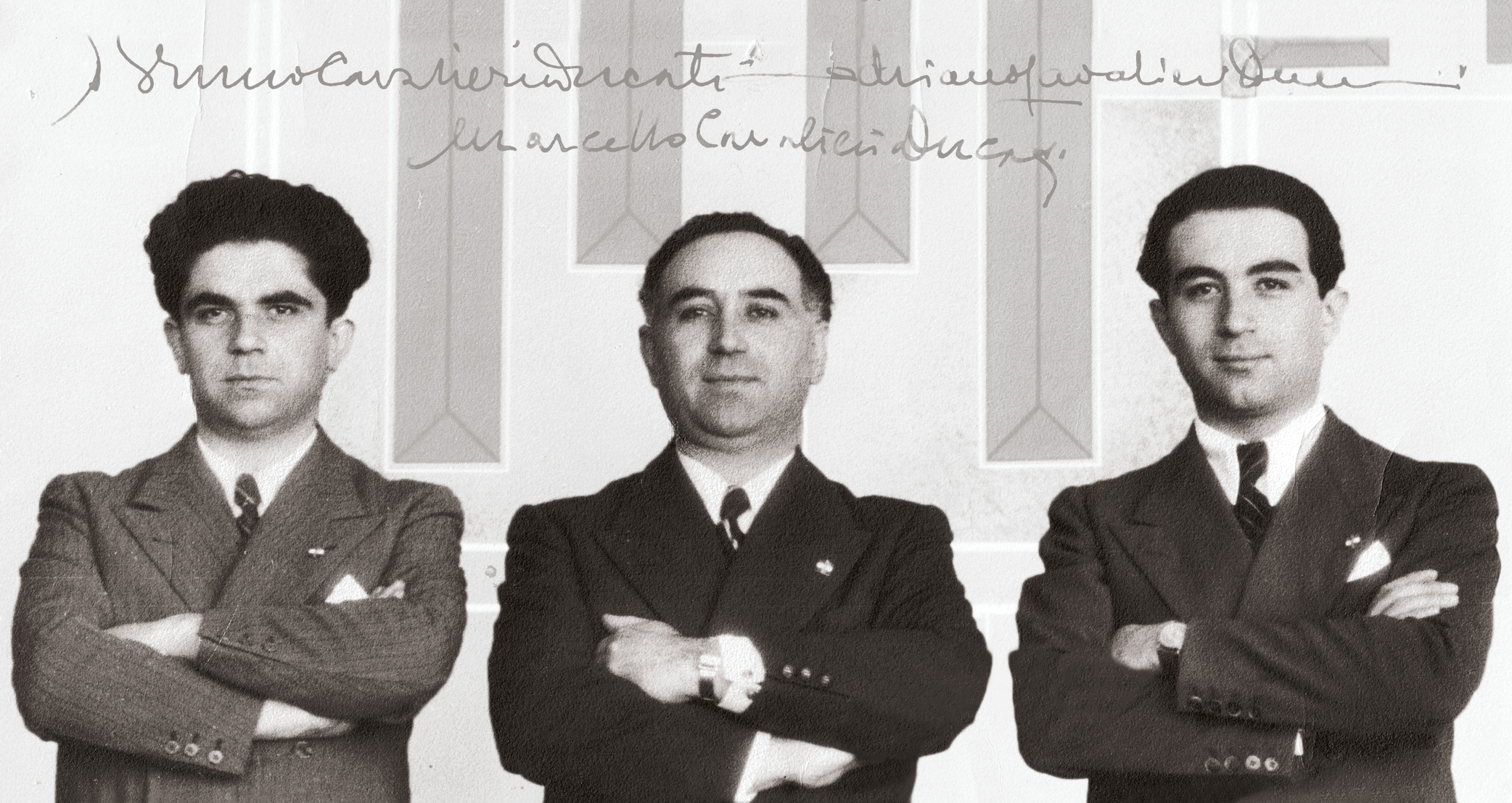Motor Valley Stories
Formula 1 at Imola: Eight grand prix that made history.
When Enzo Ferrari looked at that hilly terrain alongside the Santerno river, he had no doubts: “This will be our small Nürburgring“, he said. For in those natural ups and downs, the Drake immediately saw the potential for a technical and selective circuit, one of those tracks suitable for real champions, and for this reason destined to win the hearts of all fans.
Of course he was right. And since 14 September 1980, the day of the dream-come-true for Enzo Ferrari and the founding fathers of the circuit, the Autodromo di Imola has written some indelible pages in the history of Formula One. Drawing on the photographs of the great Imola photographer Marco Isola, we have selected eight of them. Eight races that, for different reasons, have built and nurtured the myth of the Imola racetrack. Starting from the Italian Grand Prix, a unicuum in the history of the circuit, and finishing with the 2020 Emilia-Romagna Grand Prix, the race that put an end to the long abstinence and brought the top class of international racing back to the heart of the Motor Valley.
1980: The long-awaited debut.
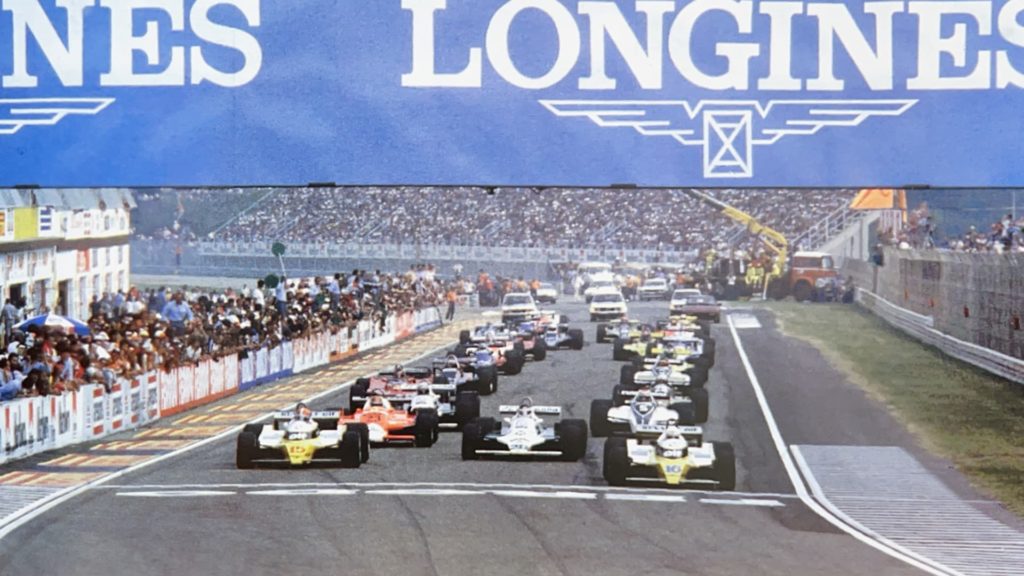
Finally, thirty years after the laying of the foundation stone, in September 1980 Imola made its official debut in the Formula 1 World Championship. The circuit had already welcomed the cars of the top category on its asphalt on two occasions, but none of them was valid for the award of the title: the 1963 Shell Grand Prix, won by Jim Clark for Lotus, and the 1979 Dino Ferrari Grand Prix, won by Lauda for Brabham after a thrilling duel with Villeneuve. With the Monza racetrack unavailable due to renovation works, the Imola circuit, which at the time was named after Dino Ferrari, hosted the 51st edition of the Italian Grand Prix. Jabouille and Arnoux’s Renaults dominated the practice sessions, in a weekend that also saw the debut of the first Ferrari with a turbo engine (126C), driven by Gilles Villeneuve. The Canadian, who drove the aspirated engine car in the race on Sunday, was the protagonist of a bad accident before the Tosa, fortunately without any consequences. The grand prix was won by an unstoppable Nelson Piquet, who crossed the finishing line ahead of the Williams cars driven by Jones and Reutemann, to the general satisfaction of fans and experts for the excellent debut of the circuit.
1982: The big friction.
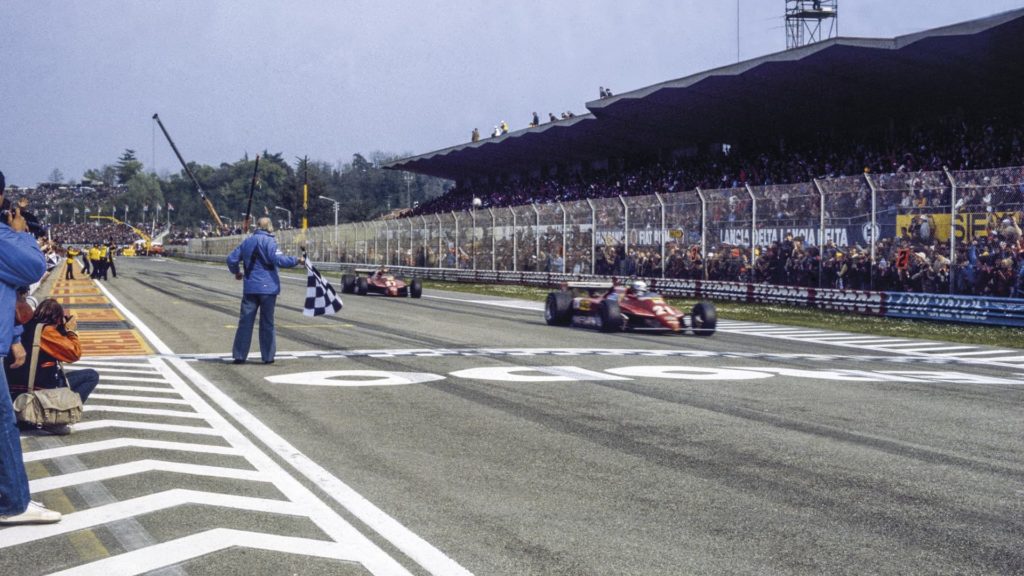
The start of the 1982 championship was anything but happy. Internal disagreements between drivers, constructors and federations led several teams to boycott the Grand Prix, the second of the season. Only fourteen cars showed up in Imola, but with 116,000 spectators during the whole weekend the crowds were huge anyway. The first row saw the Renaults of Arnoux and Prost followed by the Ferrari of Villeneuve and Pironi. In the race, they soon became three after Prost’s withdrawal for an engine failure. Next came a fratricidal duel between the two Ferrari drivers, with Arnoux as the third wheel. When the latter left the scene, things went out of control: Villeneuve made a mistake at the Rivazza and Pironi punished him, also recording the fastest lap of the track. When the Canadian passed him back at Piratella the Ferrari team, who thought they had seen enough, decided to put up the “SLOW” sign on the wall. But Pironi made a fool of it and took the lead with an acceleration attack on the straight. Villeneuve got nervous, risked the exit at the Rivazza and then, two laps before the end, he regained the first place with a breathtaking braking at the Tosa. However, this was only an illusion, because with a tailspin that went down in history Pironi slipped past his team-mate on the Tosa and won his first victory on the Rossa. A storm broke out in the paddock. On the podium the only smiles were those of Michele Alboreto, who came third in his Tyrrell-Ford Cosworth.
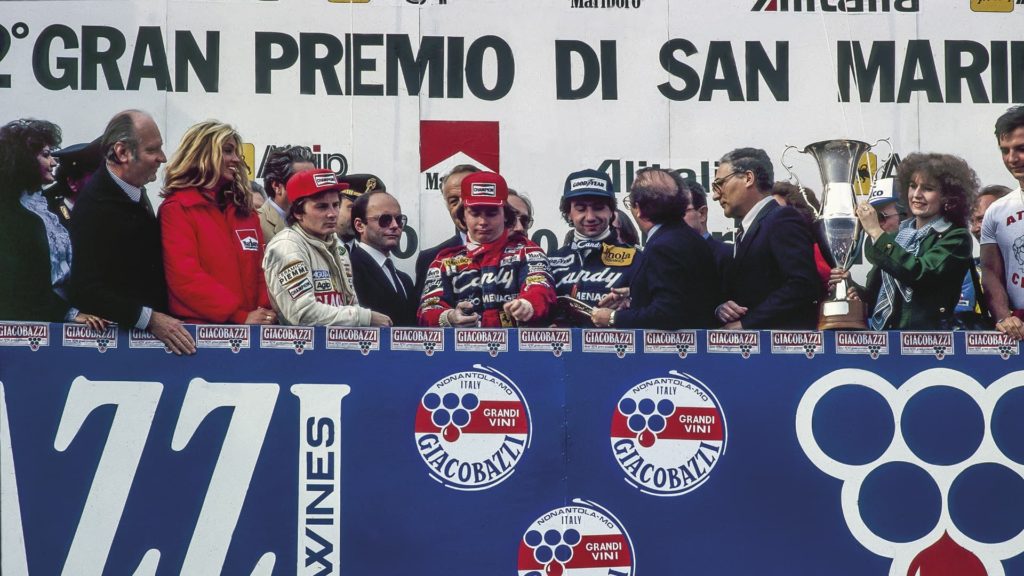
1989: The Prost-Senna rivalry.
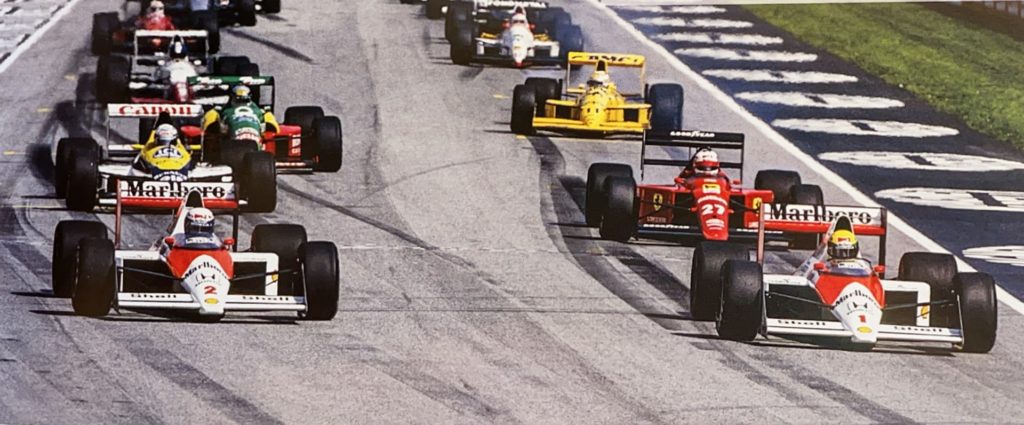
April 1989. Less than a year had passed since the death of Enzo Ferrari, and the Autodromo, which then embraced the name of the Drake along with his son’s Dino, welcomed 166,000 eager fans for the 9th edition of the San Marino Grand Prix. The front row was all in McLaren-Honda colors, with Ayrton Senna’s fifth consecutive pole on the circuit (they would become seven, an absolute record in Formula 1, and rise to eight overall, a track record) ahead of his teammate Alain Prost. On the fourth lap, the Ferrari driver Gerhard Berger went off the track at 290 km/h, crashing violently into the barriers at the Tamburello bend. The car caught fire but the timely assistance of the “CEA Lions”, who intervened in 14 seconds and 98 hundredths, saved the Austrian’s life. The restart after the red flag marked a watershed moment: Prost took advantage of Senna’s slow start, but the Brazilian overtook him at the Tosa, violating an alleged pact of non-belligerence signed by the two before the race. Senna flew away to win the Grand Prix with a forty-second gap from Prost, who railed against his teammate in the pits after the race. It was the beginning of the great Prost-Senna rivalry, one of the fiercest rivalries in the history of Formula 1, which that year peaked in the famous and controversial Suzuka crash.
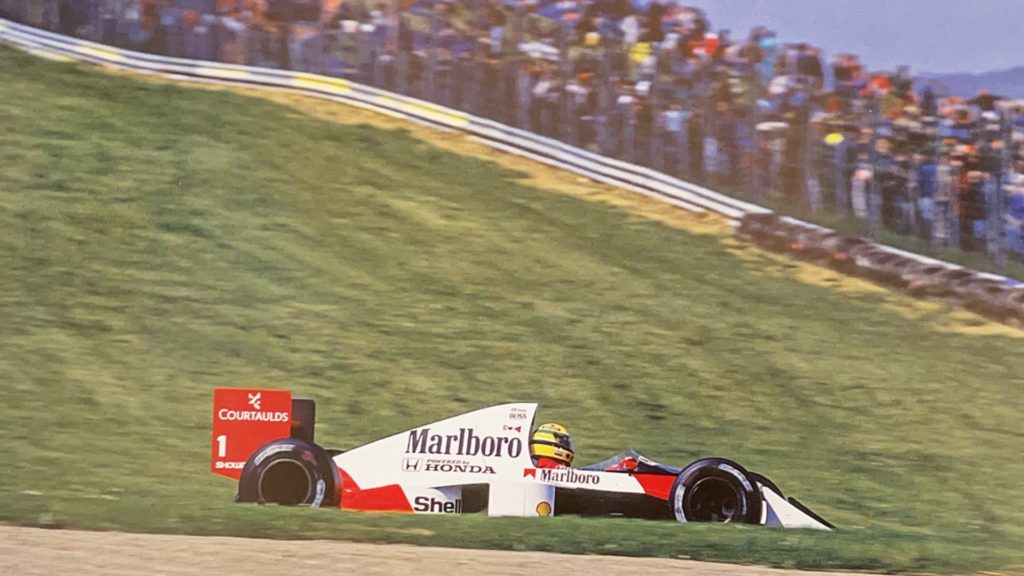
1990: Patrese’s revenge.
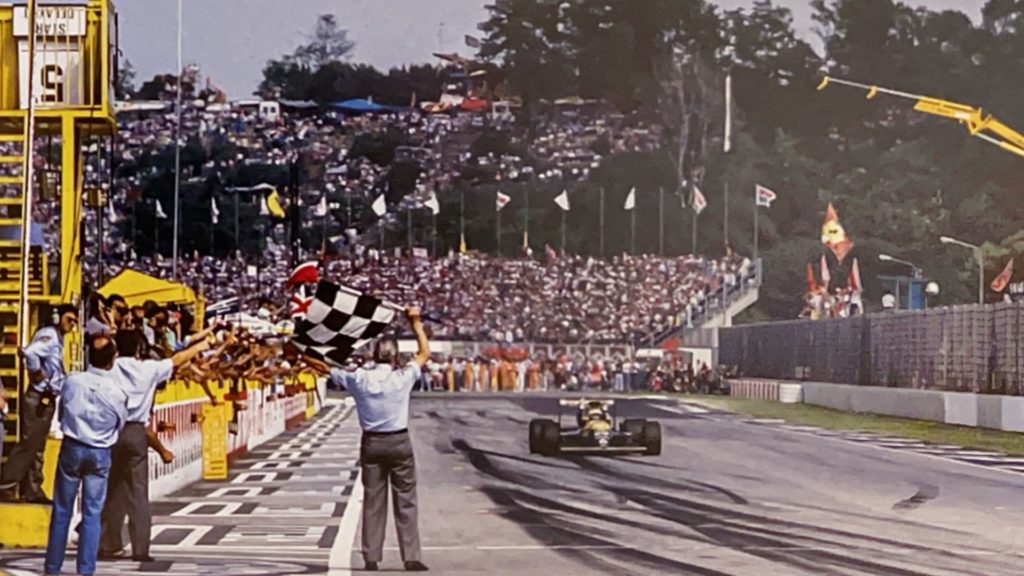
The following year Senna and Prost, who had switched to Ferrari, came back to Imola separated by a four-point gap in the drivers’ standings. After the pole and the warm-up on Sunday, the Brazilian seemed to be on his way to his third consecutive success on the Santerno, but on the third lap he made one of his rare mistakes in his career, at the Variante Alta, and was forced to retire. Mansell, at the wheel of the second Ferrari, engaged in a spectacular duel with Patrese behind the fugitive Berger, but on lap 38 he was stopped by an engine failure. The Italian, at the wheel of the Williams-Renault, was simply unstoppable: Berger could resist his first attack, but had to concede at the 51st lap. The Mameli anthem resounded at the Santerno racetrack, in a podium filled with Italian colours thanks to the third place of Alessandro Nannini on Benetton. Patrese, who in 1983 was mocked after giving the victory to Tambay’s Ferrari with a bad mistake, took his personal revenge, while the Imola fans put the ugly episode behind by giving the Padua driver the affection he deserved.
1994: The annus horribilis.
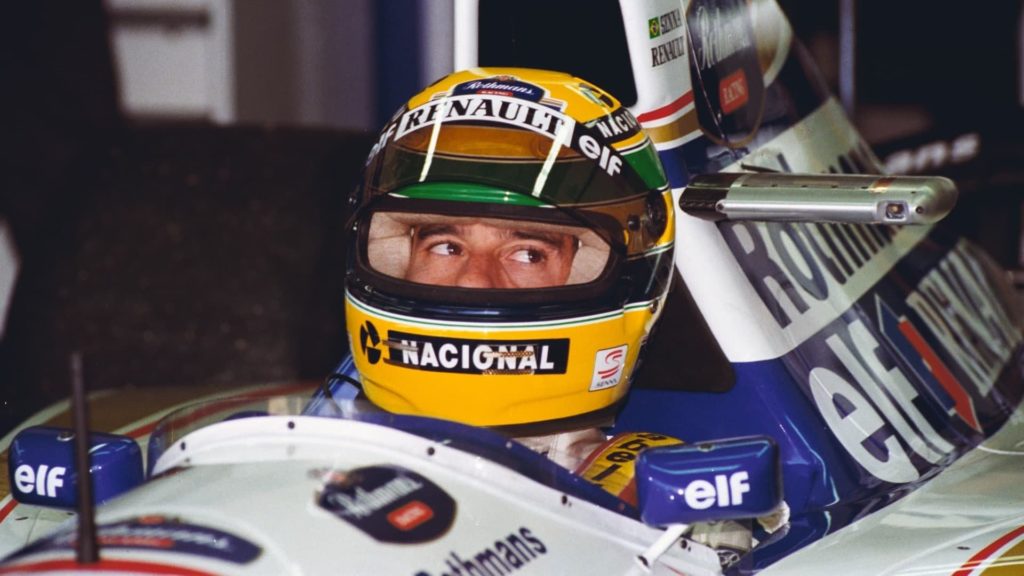
The 14th edition of the San Marino Grand Prix went down in history as one of the most infamous weekends in motorsport. Fear seized the Autodromo already on Friday: during the free practice Barrichello flew against the safety nets of the Variante Bassa. Just after breathing a sigh of relief for the Brazilian driver, who miraculously escaped unharmed, Roland Ratzenberger, the Simtek driver in his debut season in Formula 1, lost his life in a terrible crash at Tosa on Saturday’s qualifying session. The race went on, albeit in a surreal atmosphere. The curse seemed to continue when Lamy impacted Lehto’s steady car at the start, with collision debris showering onto the grandstand and injuring four spectators. The race restarted after five laps with the safety car, and on the seventh lap, at 2.17pm on Sunday May 1st, Ayrton Senna’s Williams-Renault went off the track at the Tamburello corner, hitting the barriers at 310 km/h. The race continued in an atmosphere of complete terror. Ten laps from the end a crazy wheel, lost by Michele Alboreto’s Minardi during a pit stop, ran over and injured six people. The first car to cross the finish line was the Benetton of rising star Michael Schumacher, but all attention was on the Ospedale Maggiore in Bologna, where Senna was fighting between life and death. At 6.40 p.m., the emergency department officially announced that the Brazilian champion’s heart had stopped beating. One of the most beloved protagonists of Formula 1 was gone. After the tragic events of the weekend, the association decided to make drivers’ safety an absolute priority. So did the Imola circuit: the Tamburello and Villeneuve bends were replaced with two variants. The Piratella, Rivazza and Variante Bassa corners were modified and a barrier was placed on the pit-lane wall.
2000: The year of Schumi.
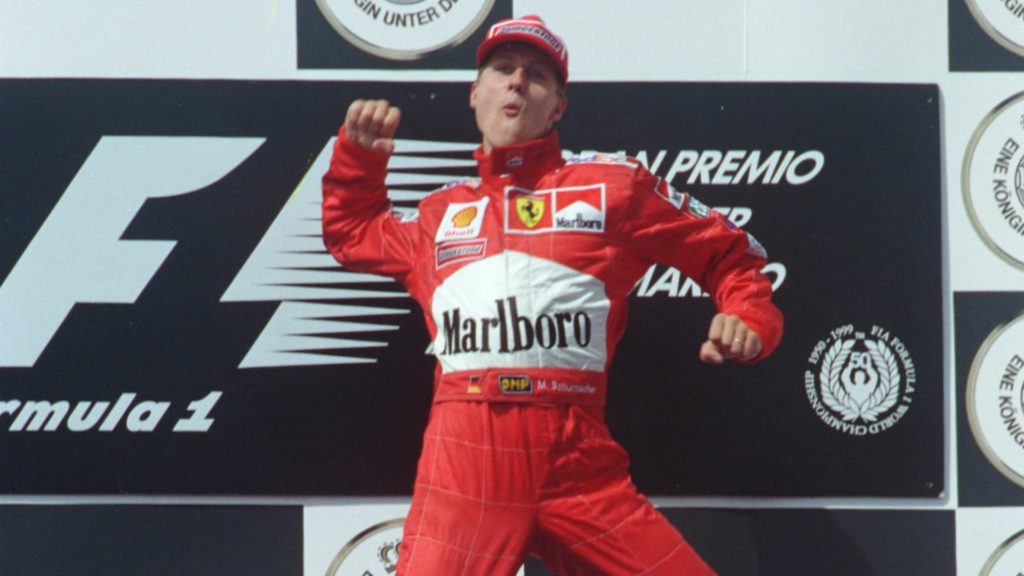
In the first San Marino Grand Prix of the third millennium (the 20th since its inception), the enthusiasm of the Ferrari fans was sky high. The back-to-back in Australia and Brazil seemed to suggest that this could finally be the year of Schumacher and the F1-2000, and a record attendance of over 190,000 spectators was recorded at the Autodromo. The circus repaid the fans with a show that was definitely up to standards. The qualifying session saw the four leading drivers within half a second of each other, with Mika Häkkinen edging out his German rival by just 91 thousandths. It was the prelude to an exciting duel in the race, which reached its decisive moment on lap 44: Häkkinen pitted, Schumacher stayed on the track for four laps, all at the limit, before coming in for a pit stop that was completed by the Ferrari mechanics in just 6.2 seconds. When the Rossa re-entered the track ahead of the McLaren-Mercedes the roar of the crowd was deafening. Despite being trailed by the Finnish driver, Schumacher was on his way to his third win at Imola, and the third consecutive victory of a season that would not only bring the Drivers’ title back to Maranello, twenty-one years after his last win, but would open an unforgettable era for all the fans of the Prancing Horse.
2005: The passing of the baton.
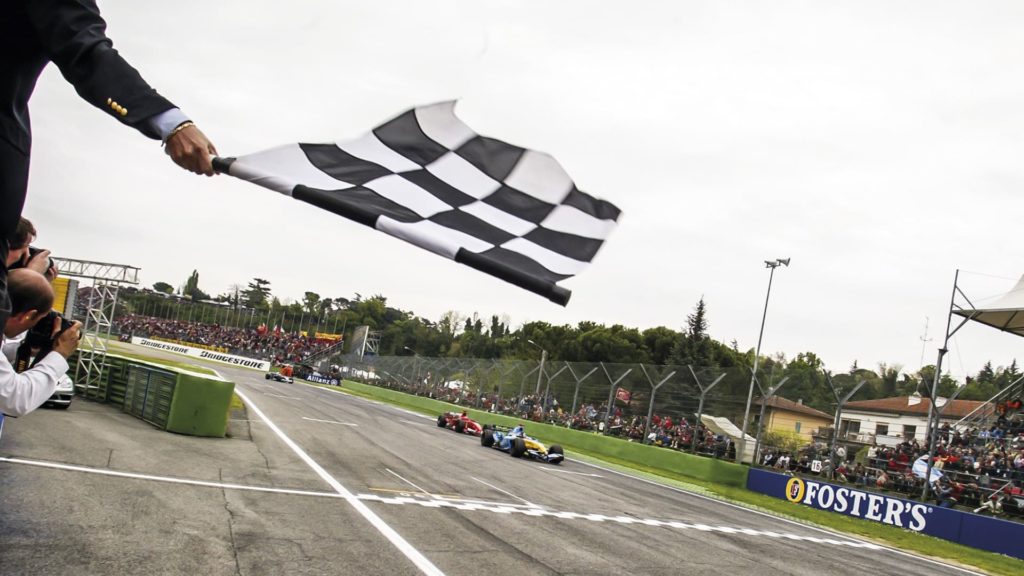
When the circus reached the Santerno circuit in the spring of 2005, change was in the air. Fernando Alonso, the Spanish Renault driver and winner of the first two races of the season, seemed well entitled to put the domination of the Schumacher-Ferrari duo to an end. In qualifying, however, he had to settle for second place, alongside McLaren-Mercedes’ Finnish driver Kimi Räikkönen. Ferrari was far from good, with Barrichello tenth and Schumacher, author of a big mistake at Rivazza, only fourteenth. However, the great German champion found a way to redeem himself in the race, and was the protagonist of a spectacular comeback that, with twenty-one laps to go, put him in third position, right behind Jenson Button. With the fastest lap of the race and the simultaneous refuelling of the race leader Alonso, Schumacher’s first position inflamed the fans of the Rossa. The pit-stop put the German back behind the Spaniard but the twelve laps before the checkered flag were a spectacle for all the fans of this sport. Schumacher tailed Alonso and repeatedly tried to overtake him, but the young driver showed the composure of an ultimate champion. He made no mistakes, resisted even the last assault on the finish line and interrupted the Kaiser’s streak of three consecutive victories. The following year, however, in an equally spectacular race, Schumacher took his revenge with the seventh victory in his career on the Imola circuit, an absolute track record.
2020: The great comeback.
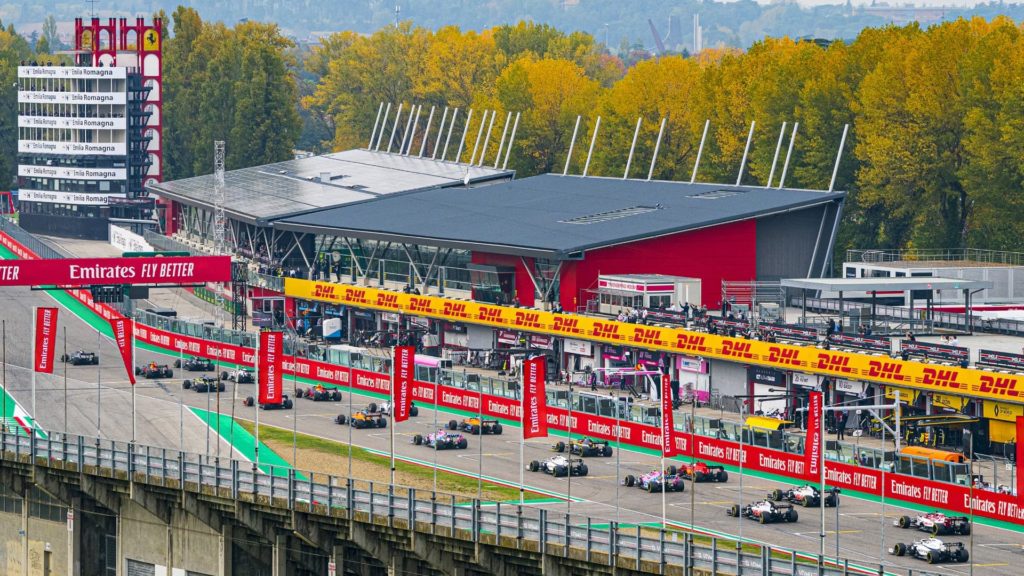
After a fourteen-year endless wait, on Saturday 31 October and Sunday 1 November Imola welcomed back Formula 1 for the first edition of the Emilia-Romagna Grand Prix. It did so behind closed doors, due to the pandemic, but in the general jubilation of a circuit, a city and a region that finally saw the consequences of a joint effort to become protagonists. The circus found a modern racetrack, with renewed structures and track which, following the modification of the Variante Bassa, met the homologation requirements of the International Motorcycling Federation. Kimi Räikkönen was the only driver who had already raced at Imola. For all the others this was an absolute debut. Saturday morning’s free practice seemed to push Hamilton towards the pole position, but in the qualifying session the fastest was his teammate Bottas. The Faenza-based AlphaTauri team’s drivers Gasly and Kvjat did well, fourth and eighth respectively, while the Ferraris struggled with Leclerc and Vettel ending up in seventh and fourteenth place. In the race, after a difficult start, Hamilton took advantage of the overcut to gain the lead, and consolidated it in the final part of the race with a series of fast laps. Valtteri Bottas and Daniel Ricciardo completed the podium. It was victory number 93 for an emotional Lewis Hamilton, whose victory, gained on the circuit inextricably linked to his great idol Ayrton Senna, gave Mercedes the constructors’ world championship, the seventh consecutive for the German team.
